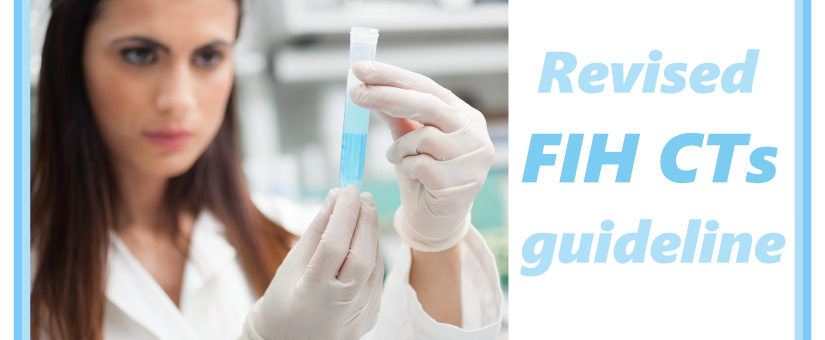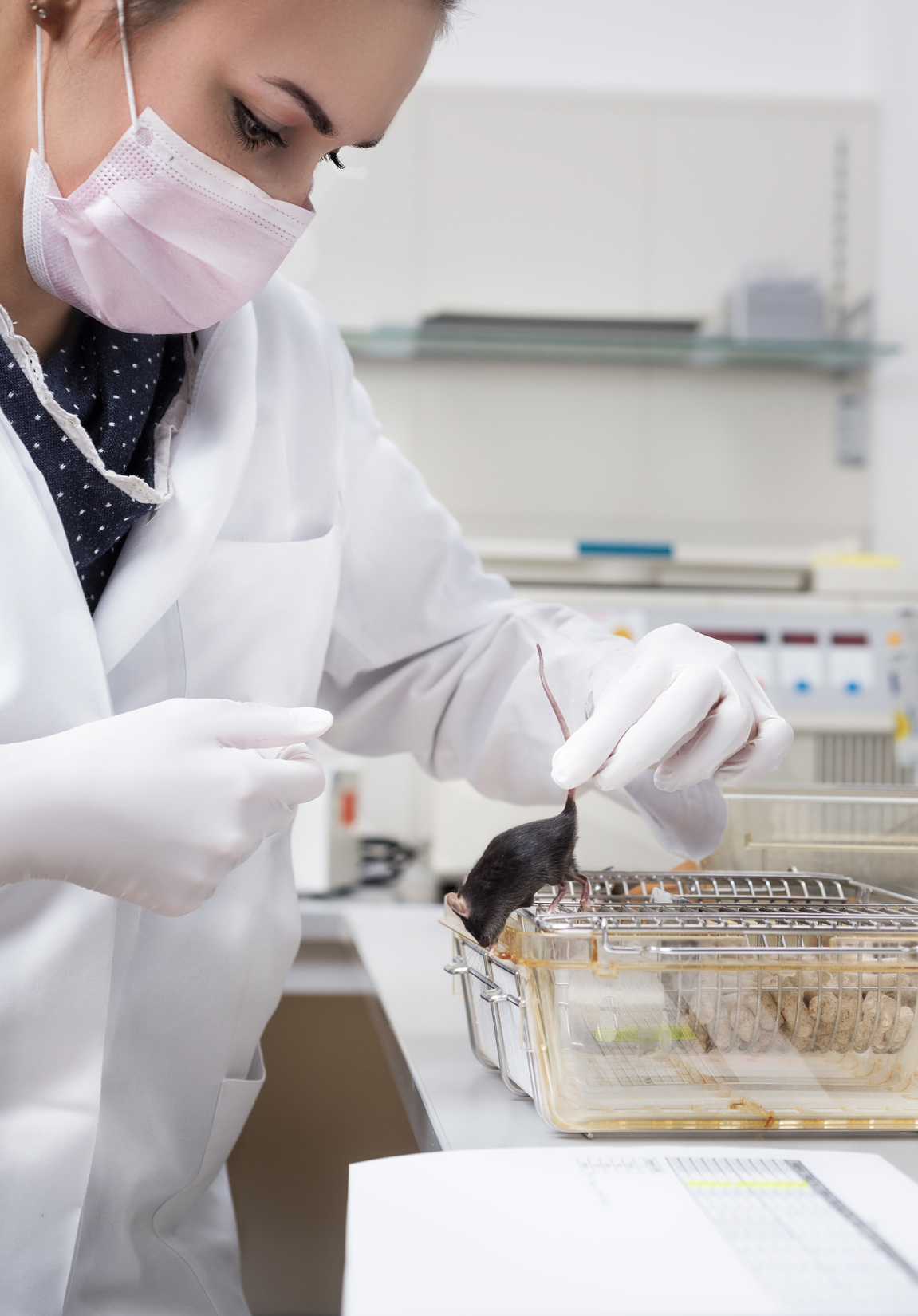
Revised guideline on first-in-human clinical trials (FIH CTs) (Part II)
- 30 July 2017
- early clinical trials, FIH, first-in-human, IMP, integrated protocols, investigational medicinal product, phase I, risk mitigation,
On 25 July 2017, the European Medicines Agency (EMA) published revised version of Guideline on strategies to identify and mitigate risks for first-in-human and early clinical trials with investigational medicinal products. This revised document will become effective on 1 February 2018.
We have already informed on our website about a draft of the revised guideline published by the European Medicines Agency (EMA) for public consultation. This post includes also information on implementation of 3Rs principles (according to appropriate directive and guidelines).


The safety and well-being of trial subjects (patients or healthy volunteers) should always be the utmost priority when designing early clinical trials. Participants in these trials, often healthy volunteers, face an element of risk and special consideration should be given to characterizing this risk and putting in place appropriate strategies to minimize it. The guideline puts emphasis on the sponsor’s responsibility to define the degree of uncertainty associated with the medicine tested at each step of the development and to describe how the potential risks that might arise from this uncertainty will be addressed within the design and conduct of the trial.
Under Quality aspects, the revised guideline puts more emphasis on ensuring adequate formulation of the drug candidate which is an important condition to reduce uncertainty when administering to humans. Applicants should demonstrate that the intended formulation is suitable to provide the intended dose and consider any differences in formulations used for non-clinical studies versus humans which could impact on exposure.
Comparing to a draft guideline, revised version of document emphasizes also an observation of serious toxicity or mortality. When serious toxicity or mortality is observed, these effects may require follow up studies to determine the cause of death or the mechanism of toxicity if this has not been possible to clarify within the studies undertaken, and if this information is relevant to the clinical trial design or safety monitoring plan.
The revised guideline represents more flexible position with reference to maximum exposure and dose of healthy volunteers.
Similarly, less strict rule (comparing to the draft) relates to restarting of dosing which is possible, under certain conditions, without a substantial amendment.




